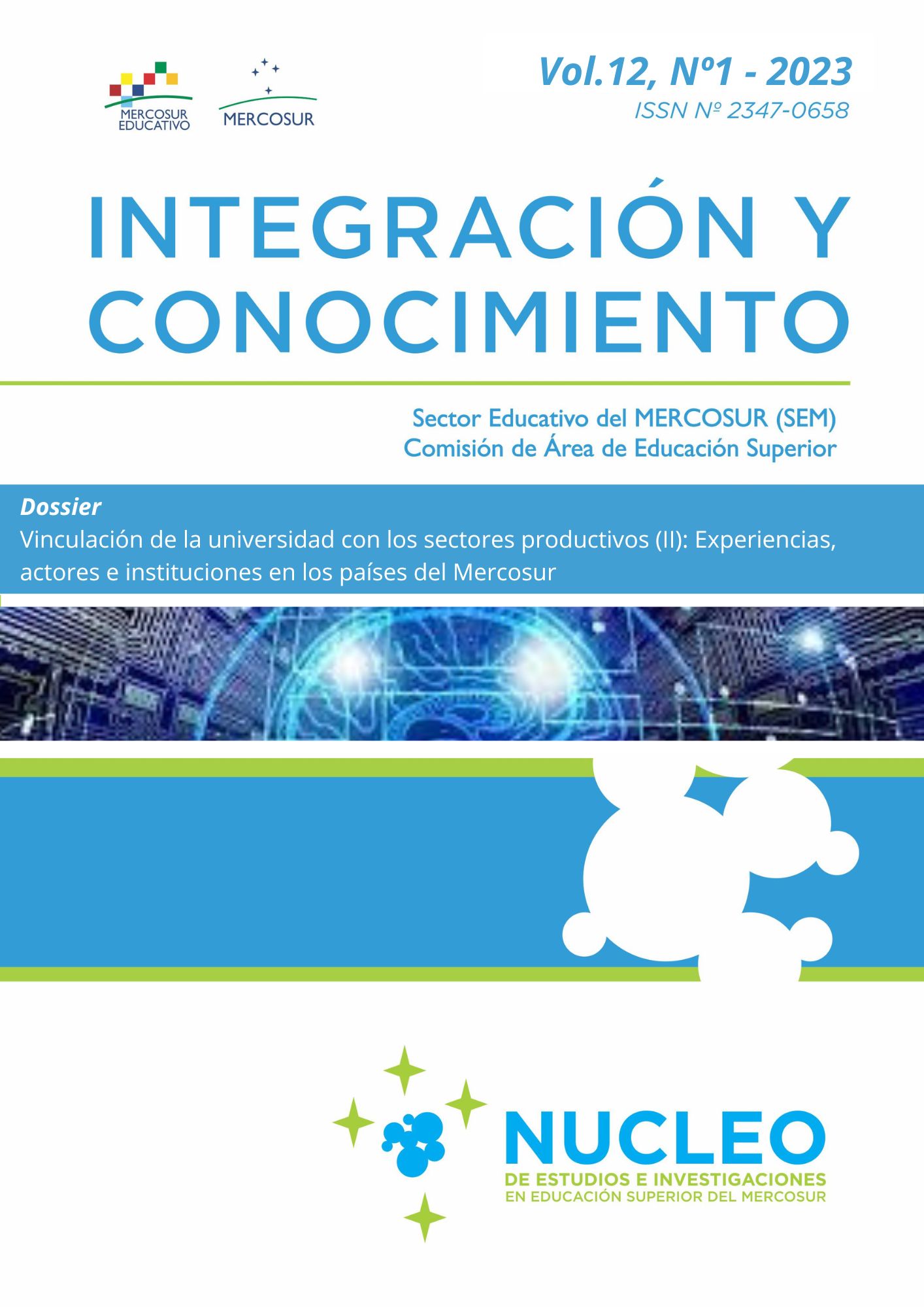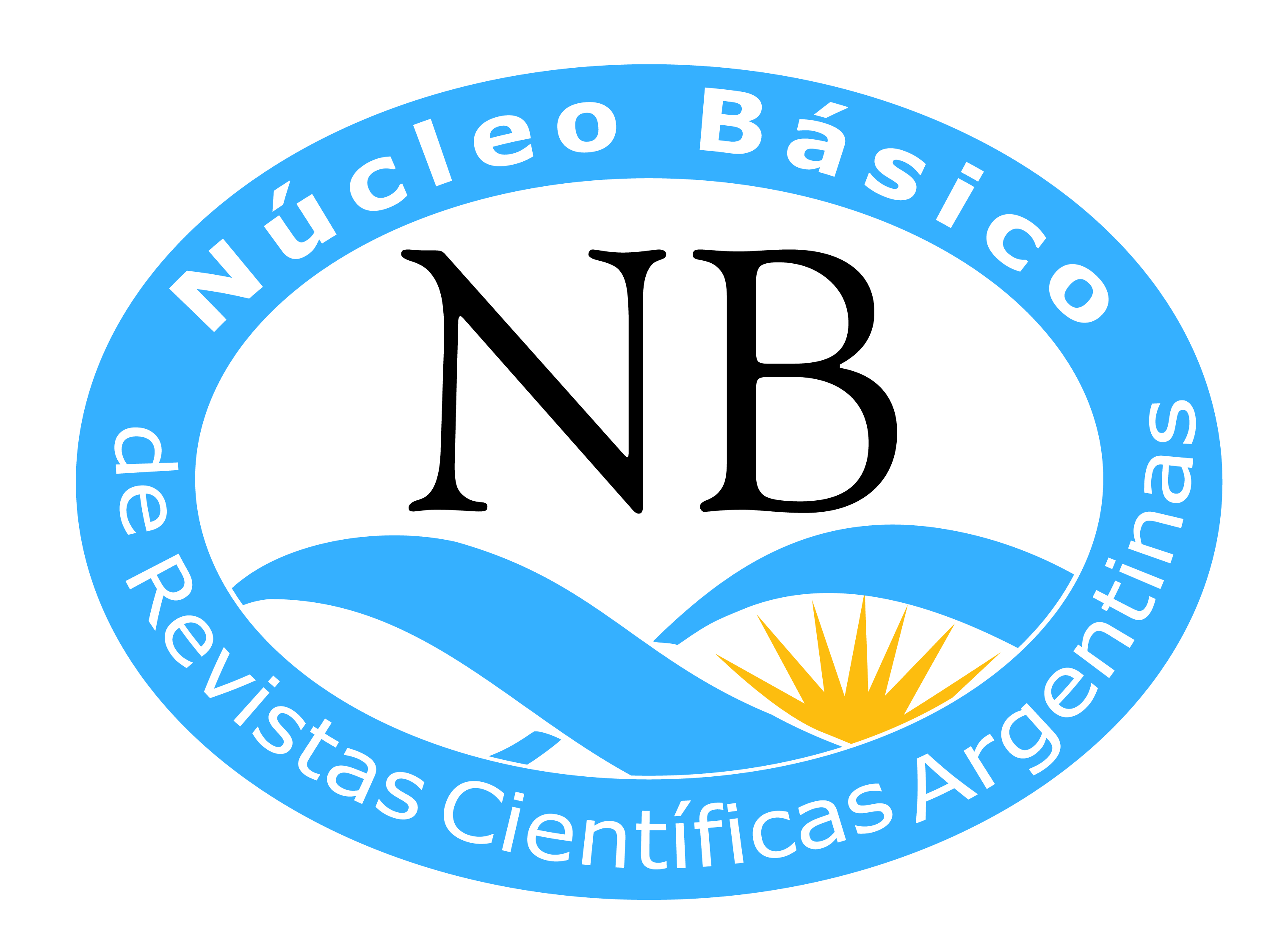Tercera Campaña para la Erradicación del Racismo en la Educación Superior, Cátedra UNESCO “Educación Superior y Pueblos Indígenas y Afrodescendientes en América Latina”
DOI:
https://doi.org/10.61203/2347-0658.v12.n1.40087Abstract
La Tercera Campaña fue desarrollada entre el 22 de agosto y el 29 de noviembre de 2022. Como en los casos de las anteriores, su propósito ha sido promover reflexiones, debates y acciones concretas en relación a las múltiples formas de racismo que persisten en las políticas, sistemas e instituciones de Educación Superior de América Latina, a fin de continuar la lucha para su erradicación, sumando nuevos actores de distintas IES de países de nuestra región.
Downloads
References
CRES (2018) III Conferencia Regional de Educación Superior de América Latina y el Caribe. Declaración. Recuperado de: http://espacioenlaces.org/wpcontent/uploads/2018/07/declaracion_cres2018.pdf.
De Sousa Santos, B. (2020). A cruel pedagogia do vírus. Boitempo Editorial.
Mato, D. (Coord.) (2020) Educación superior y pueblos indígenas y afrodescendientes en América Latina: las múltiples formas del racismo. 1a ed. - Sáenz Peña: Universidad Nacional de Tres de Febrero.
Miranda, M. (2021) Educación, Racismo y Transformación Social: territorios en disputa. contribuciones para el debate educativo en Argentina. Kwanissa, Revista de Estudos Africanos e Afro-Brasileiros São Luís, v. 4, n. 9 - Dossiê “Educação, desigualdades sociais e juventude negra na América Latina e Caribe: construindo a resistência antirracista”, p. 50-76.
Downloads
Published
Issue
Section
License

This work is licensed under a Creative Commons Attribution-NonCommercial-ShareAlike 4.0 International License.
Authors who have publications with this journal accept the following terms:
a. Authors shall retain their copyright and guarantee the journal the right of first publication of their work, which shall simultaneously be subject to the Creative Commons License of Recognition which allows third parties to share the work as long as its author is indicated and its first publication is this journal.
b. Authors may adopt other non-exclusive licensing agreements for the distribution of the published version of the work (e.g., depositing it in an institutional telematic archive or publishing it in a monographic volume) provided that the initial publication in this journal is indicated.
c. Authors are allowed and encouraged to disseminate their work via the Internet (e.g. in institutional telematic archives or on their website) after publication of the article, which may lead to interesting exchanges and increased citations of the published work. (See The Effect of Open Access).



